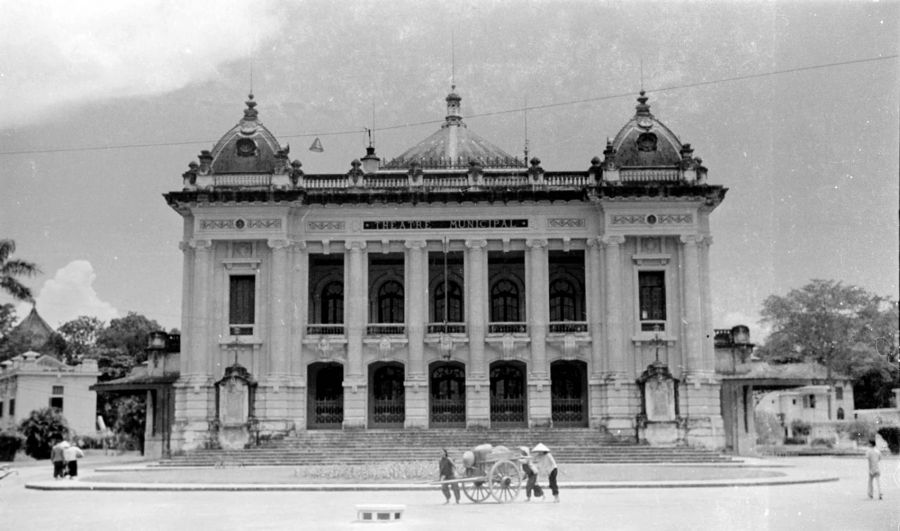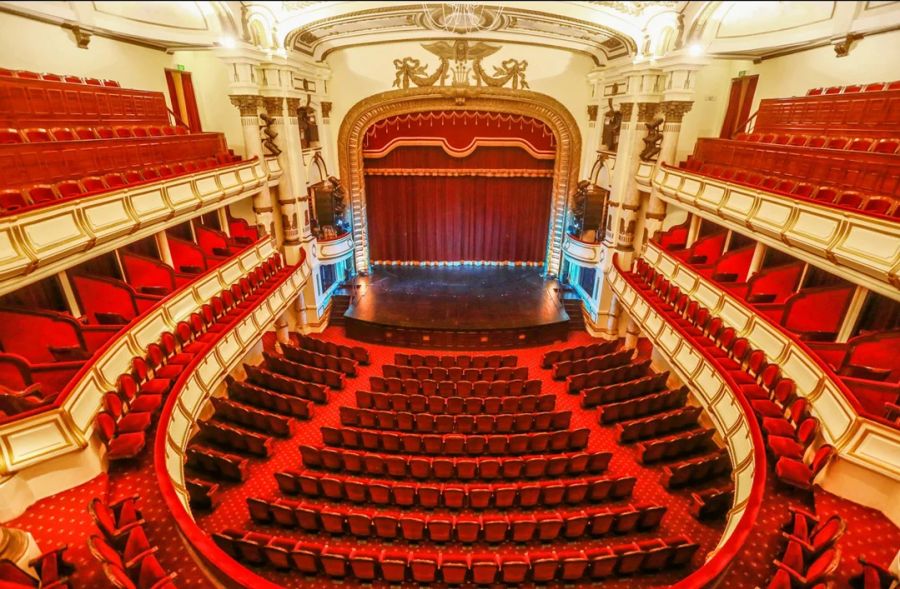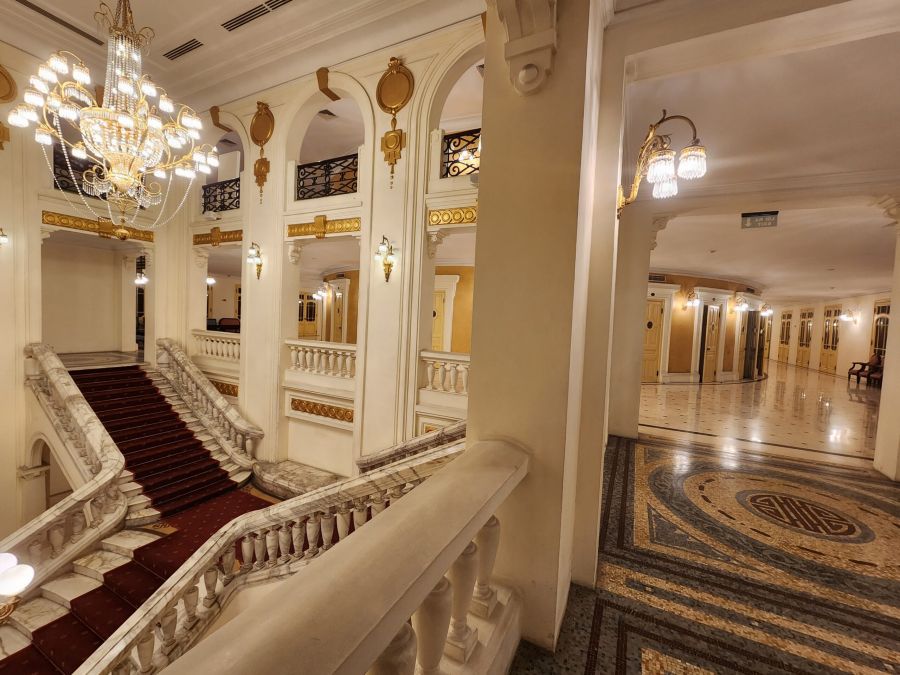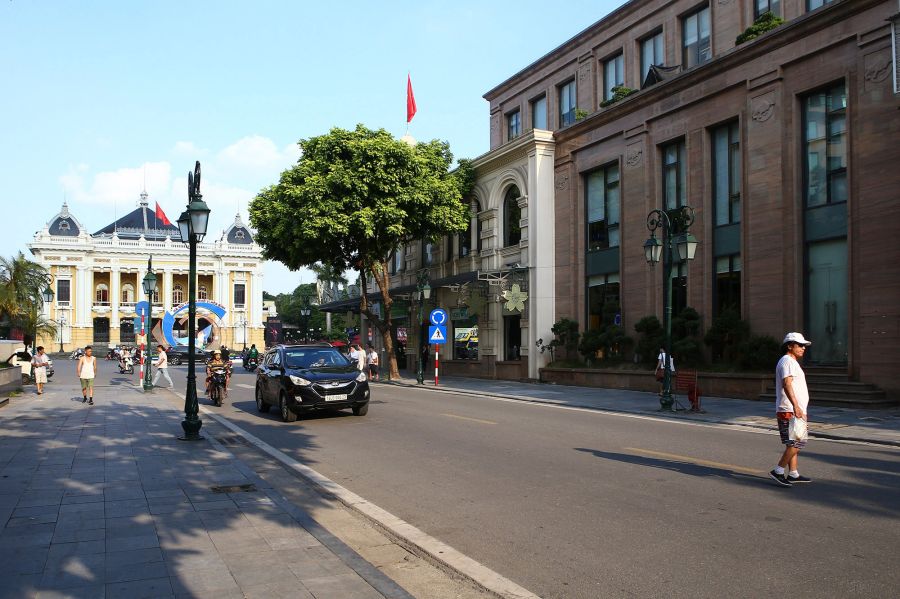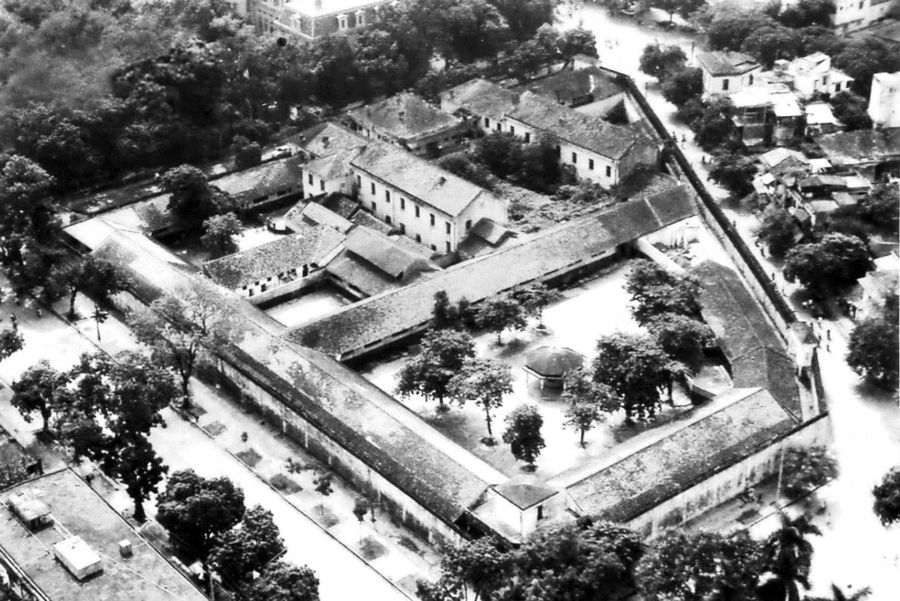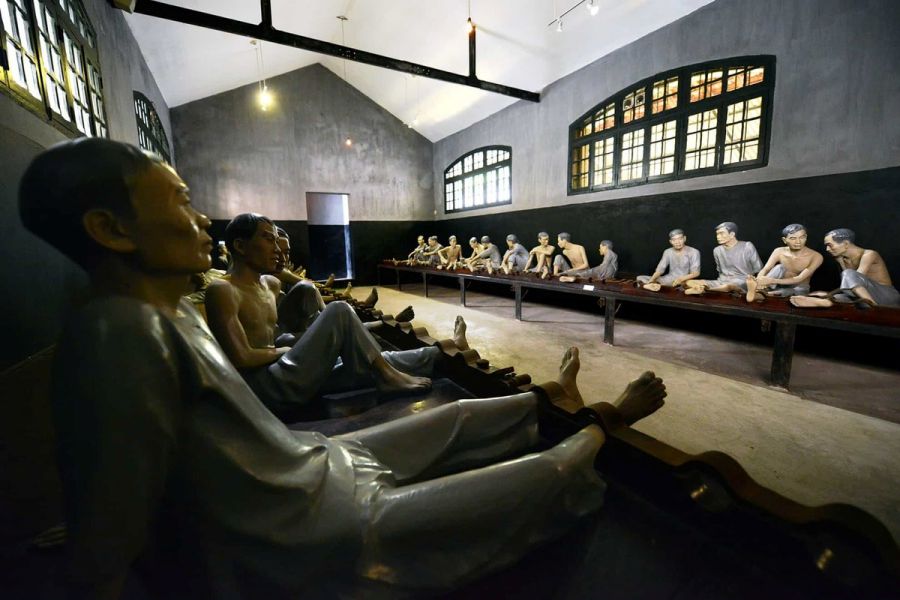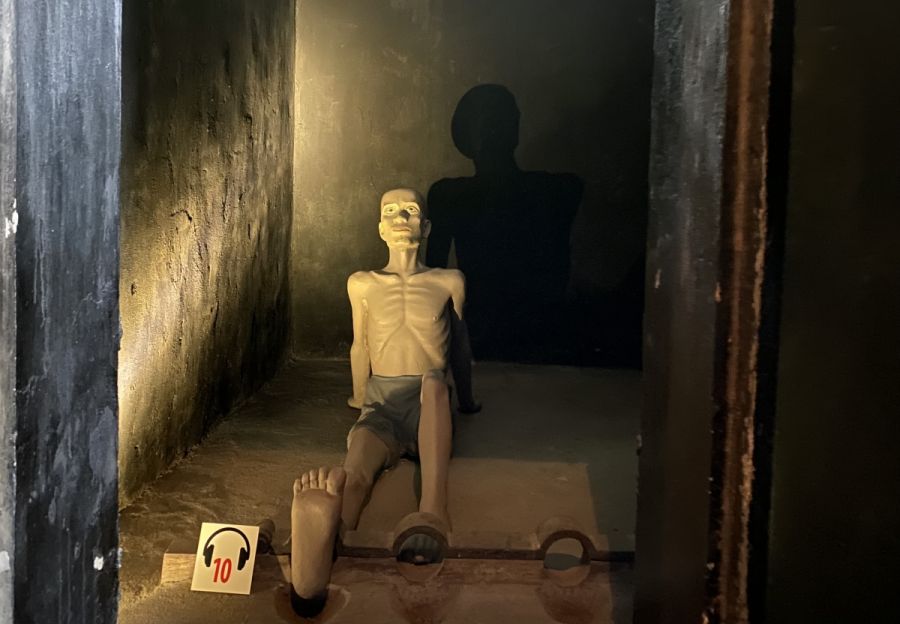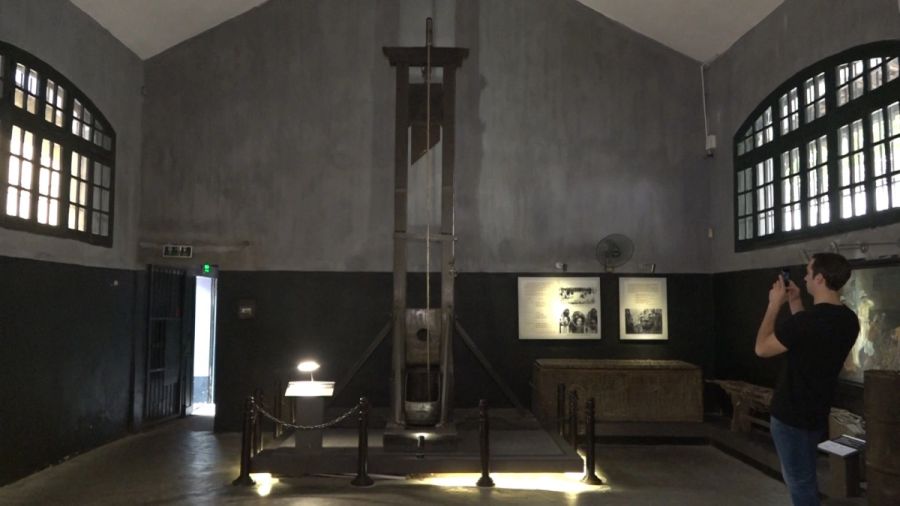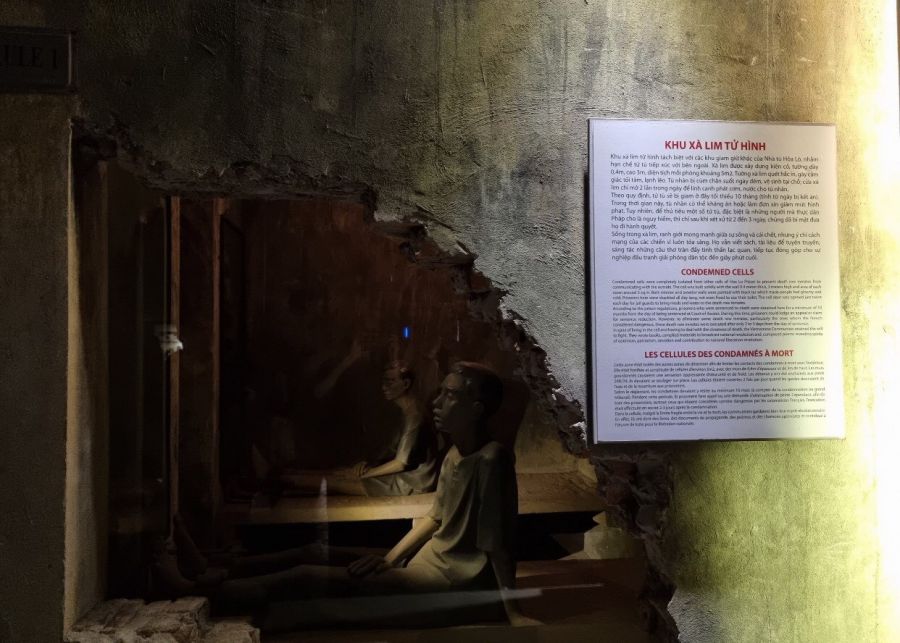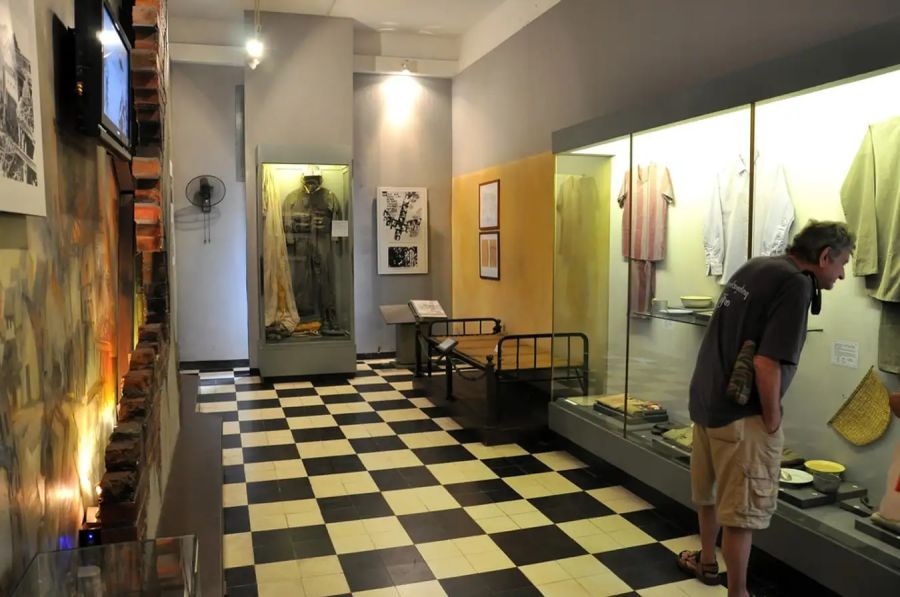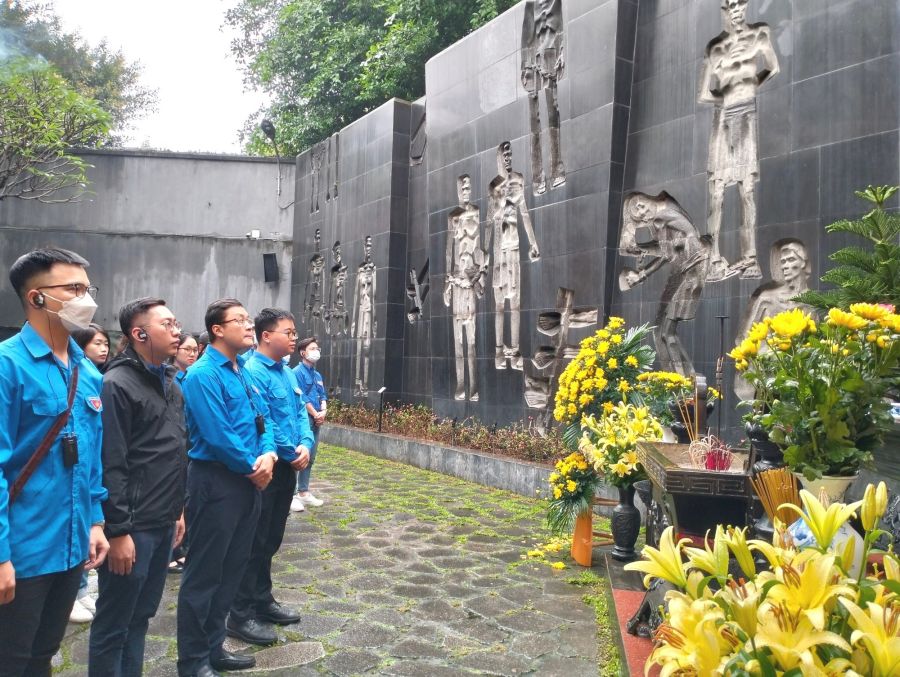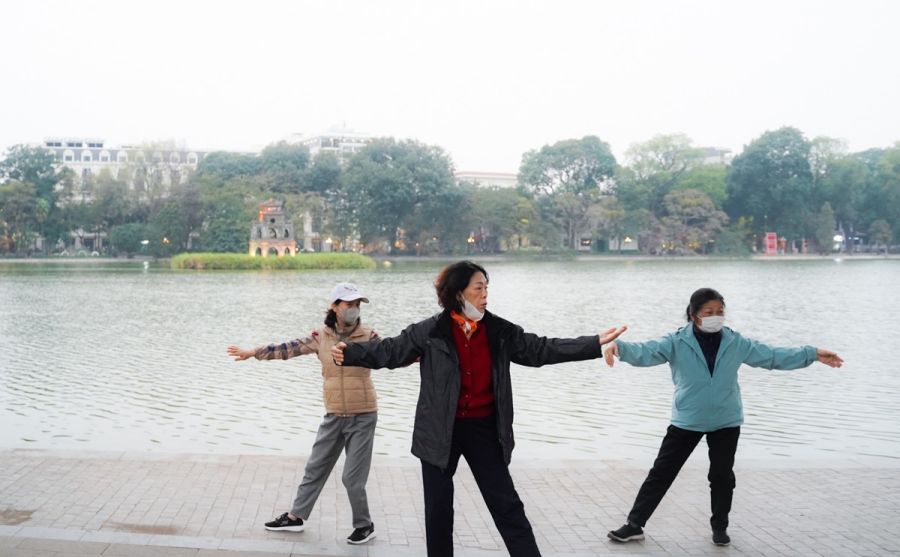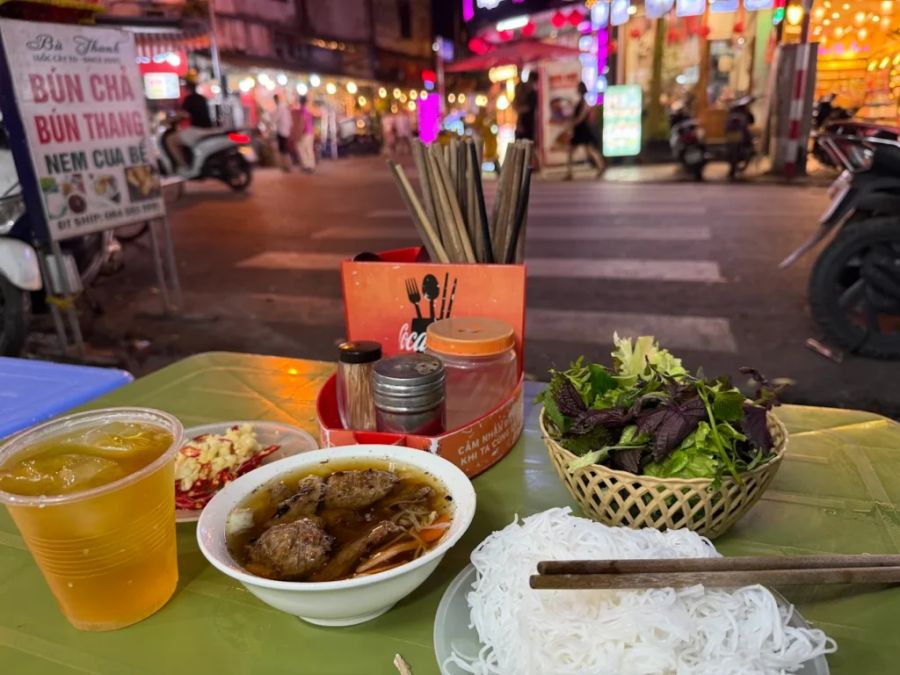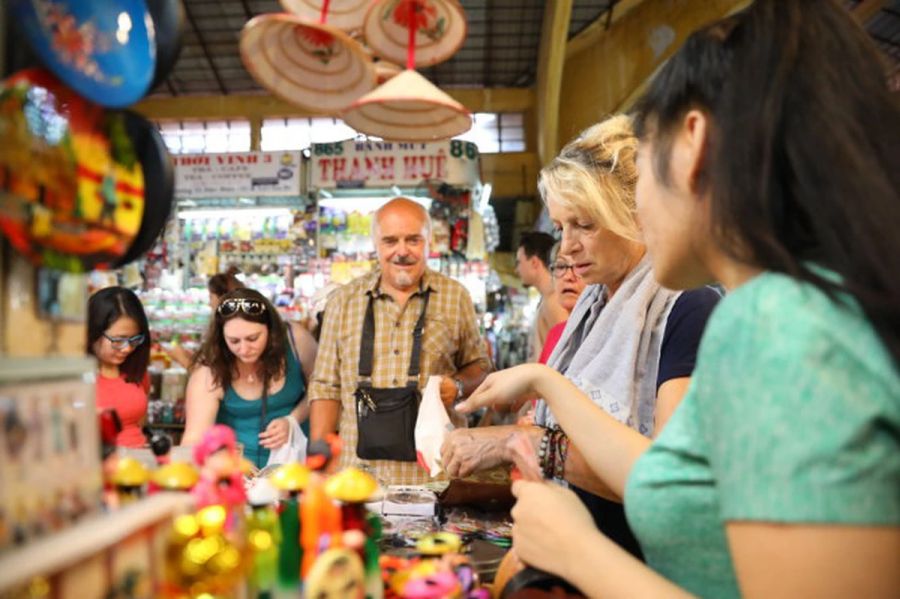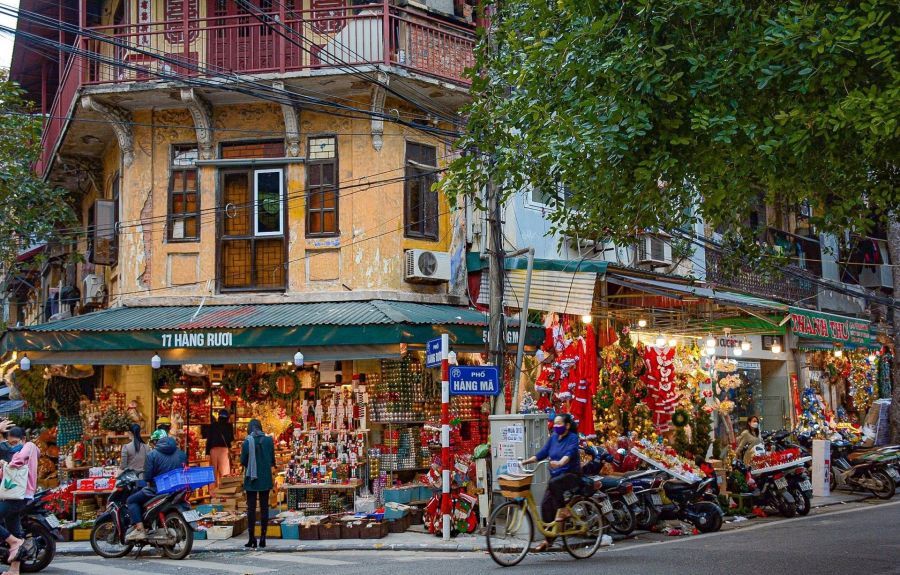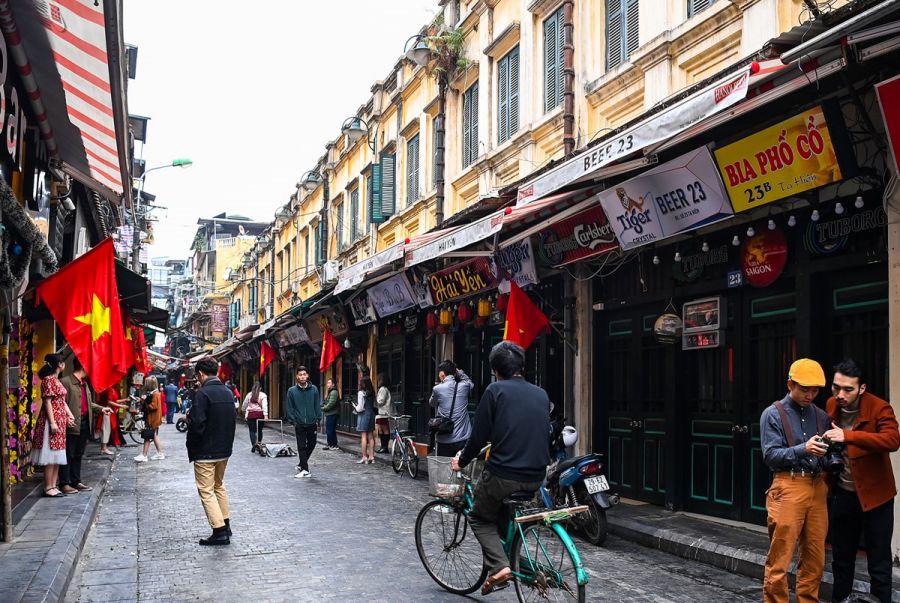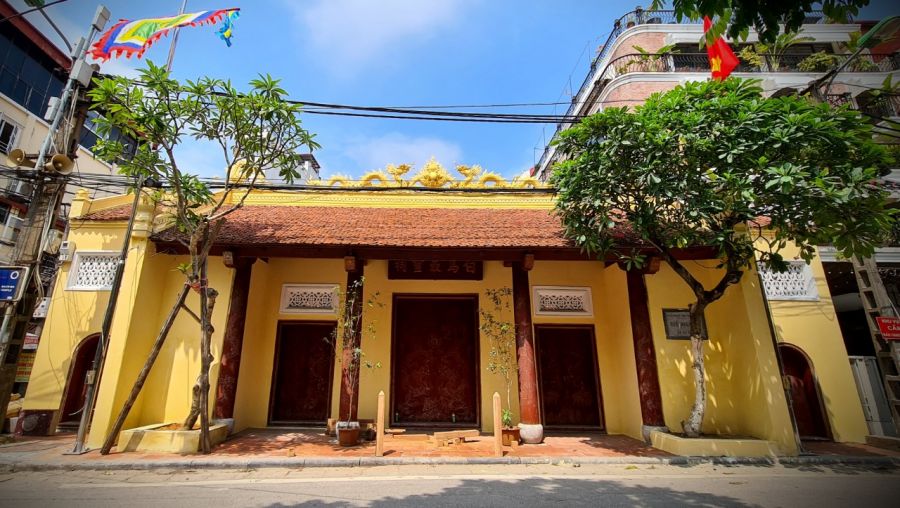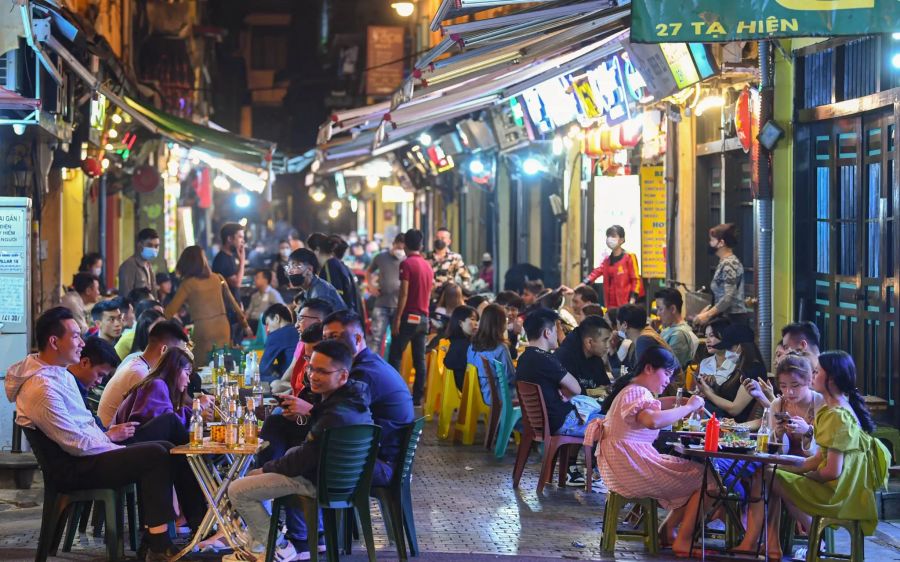Explore A Peaceful Legacy At Ho Chi Minh Stilt House
The Ho Chi Minh Stilt House is a tranquil, historic site within the Presidential Palace complex in Hanoi. This unpretentious wooden house reflects President Ho Chi Minh’s frugal lifestyle as well as gives visitors the opportunity to glimpse his life, work, and legacy.
Introduction To The Ho Chi Minh Stilt House
The Ho Chi Minh Stilt House is one of Hanoi’s most important historical sites, situated in the grounds of the Presidential Palace. It is the humble wooden house that served as the residence and workspace for President Ho Chi Minh from 1958 until he died in 1969; it demonstrates Ho’s lifestyle of simplicity and his sense of relationship with the Vietnamese people.
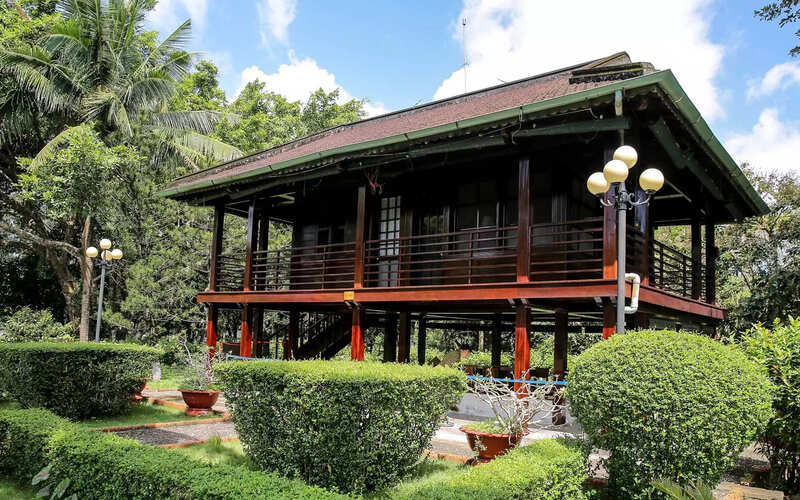
Visitors come here not only to find out more about Uncle Ho’s daily life and legacy but also to appreciate the tranquil garden, pond with their fish, and restful area that contrasts with the hustle of the capital city surrounding it. It is an attraction that all tourists should see if they have any interest in Vietnam’s modern history and cultural values.
History Of The Ho Chi Minh Stilt House
The stilt house of Ho Chi Minh is historically important in the sense that it is where Uncle Ho lived and worked for the final 11 years of his life from 1958 until 1969. The two-storey wooden house reflects traditional Viet Bac architectural design and was constructed beside a pretty little fishpond on the grounds of the Presidential Palace for Uncle Ho’s final wish to live in a wooden house, simple and peaceful.
After his death in 1969, the stilt house was kept in the same condition, and with such care, by the government as a monument to an iconic leader whose life was a testament to humility, selfless service, and revolution. Since 1975, the stilt house has been designated a national heritage site and remains a destination for national and international visitors wishing to pay their respects to President Ho Chi Minh and his legacy.
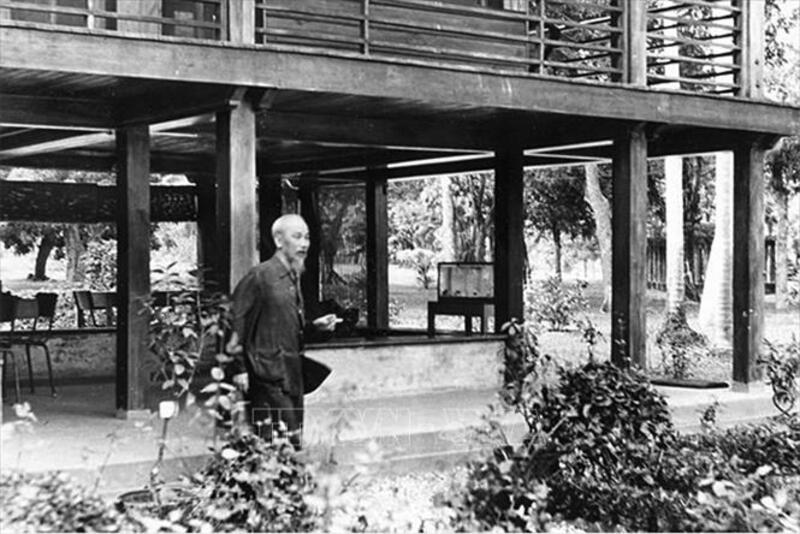
Unique Architecture Of The Chi Minh Stilt House
The Ho Chi Minh Stilt House reflects the original stilt house architectural style from the Viet Bac region of Vietnam, specifically from the Tay and Thai ethnic groups. Before the construction, President Ho Chi Minh personally met with architect Nguyen Van Ninh to discuss the design. Ho Chi Minh envisioned a two-story wooden house, with open space below and two smaller rooms above, separated by a bookshelf. Ho Chi Minh specified regular wood, explaining that the best timber should not be wasted on the stilt house because it belonged to schools and railways. This was a man who cared so much about people.
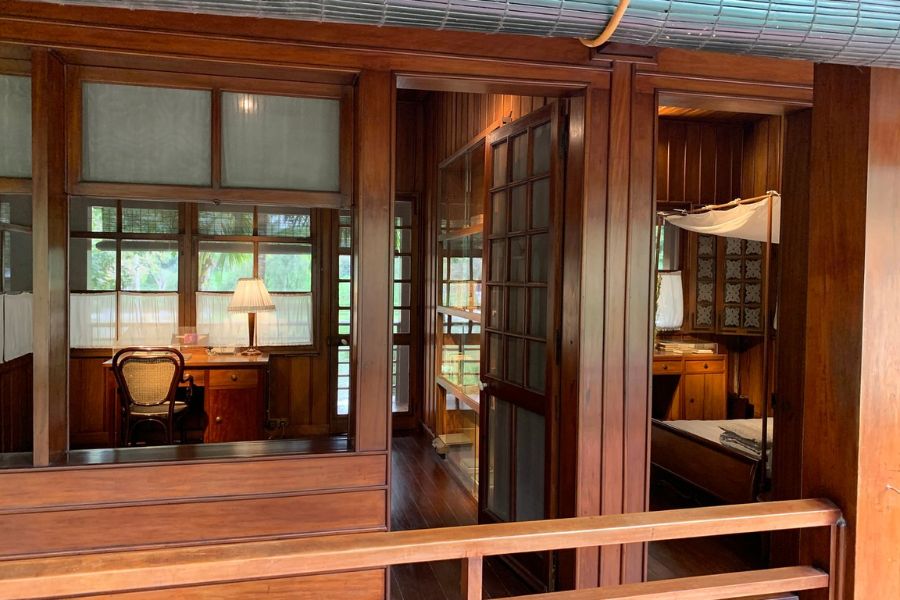
The Ho Chi Minh Stilt House was constructed in 1958 beside a calm fishpond, adjacent to the Presidential Palace. The Ho Chi Minh Stilt House exudes the values that Ho Chi Minh promoted: simplicity, connected to nature, and belonging to the Vietnamese culture. The tiles and wooden frame of the stilt house connect harmoniously to the garden surroundings. His bedroom and study remain intact today from upstairs, and downstairs was to host guests and small meetings in an open space.
Today, the addition of other things, including a small stair and timber railings, has been added to enable visitors. The garden surrounding the stilt house contains trees and plants sourced from across Vietnam, signifying unity and national pride. The stilt house is not just a house; it is a memorial to a simple man and a monument to Vietnam’s revolutionary history.
3 Cultural Experiences You Shouldn’t Miss
Below are some top cultural experiences when visiting the Ho Chi Minh Stilt House to deepen your connection to the legacy of Vietnam’s beloved leader. From having the chance to reflect on the architecture to enjoying the serenity of being beside a fishpond, each experience will be at the top of your list in the Hanoi adventure.
Appreciate The Architecture Of The Stilt House
Seeing the traditional stilt house that President Ho Chi Minh designed himself, based on the stilt homes of ethnic communities in Viet Bac, is certainly a highlight of your visit. The stilt house is approximately 10.5 meters long and 6.2 meters wide, with two levels. The ground floor was used during the summer months for work, informal meetings, and close guests. The upper floor has two small rooms, each measuring 10 square meters, for resting and for focused work.
The stilt house is made from hardwood with a tile roof, with bamboo curtains hanging along the edges of the house. The simple style and practicality of the stilt house match Ho Chi Minh’s modest way of life and strong connection to nature. The open structure of the stilt house makes it airy, allowing for breezes to circulate, and is a practical structure but also represents Ho Chi Minh’s style, being open and accessible.
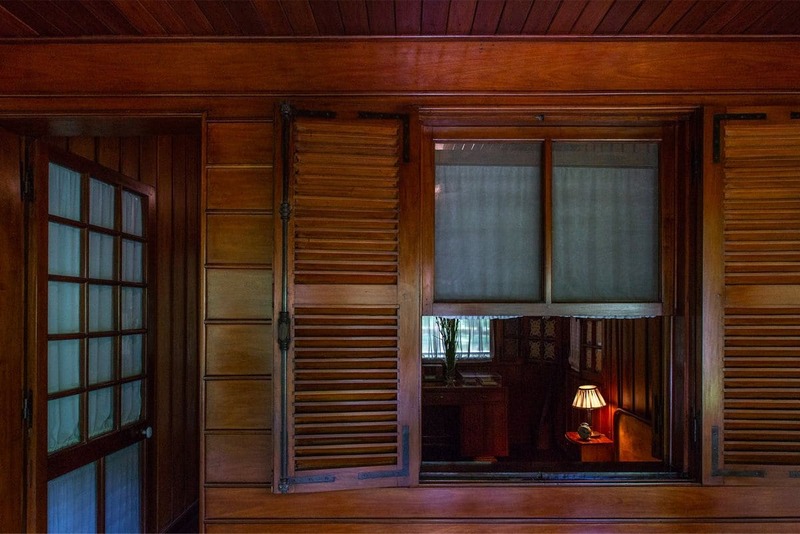
See The Ease Of Ho Chi Minh’s Lifestyle
Upon entering the stilt house, it feels as if time stands still. Everything is there: a wooden bed, an old desk, and a bookshelf, which is a testament to the way Ho Chi Minh lived, not extravagant, just the essentials necessary for his work and rest. Perhaps the understated simplicity serves as the most poignant reminder of a leader defined by humility.
As you pass through the rooms, the experience becomes more personal, as if he has merely stepped out the door for a moment. With a guide, through stories of the experience, you will learn not only about the way Ho Chi Minh lived, but also the essence of who he was.
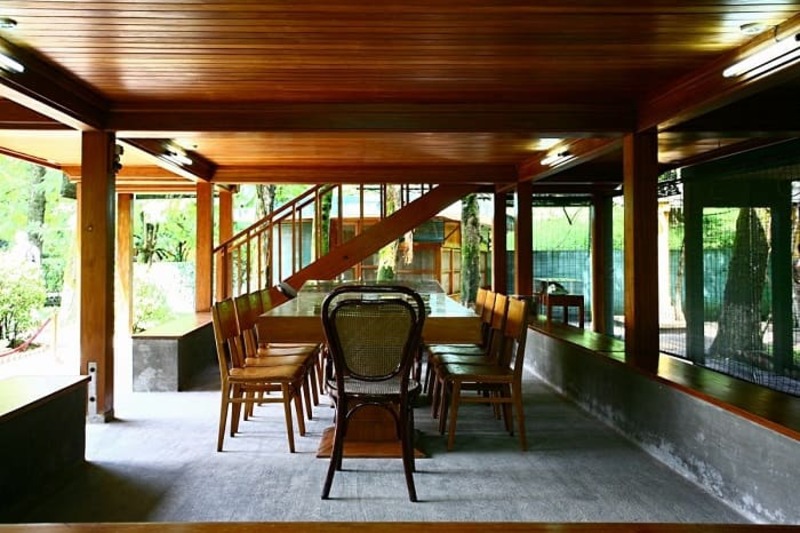
Relaxing By Ho Chi Minh’s Fishpond
Right behind the stilt house is a quiet little place that captures the hearts of many visitors: the fishpond. It’s not just a fishpond; it’s where Ho Chi Minh went after he had long days of work, and he could feed the fish and reflect on the day. The breeze wrapping around the trees creates a lovely sound, and the trees are shady everywhere, creating a perfect place to have a moment of peace and calm.
You can easily imagine him, sad or annoyed, standing in the stillness and contemplating his day. Today, the fishpond provides the same stillness and moment of contemplation for visitors. If you are a history buff or not, this little area we call the fishpond has a soft kind of magic.
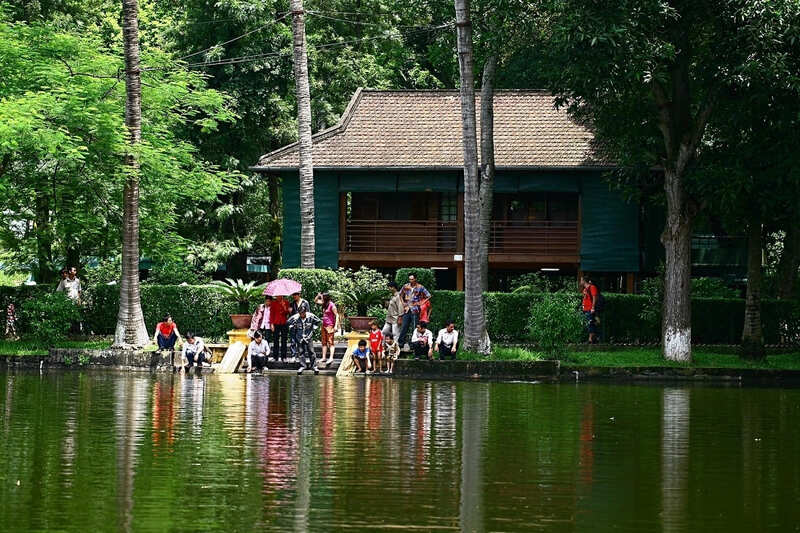
Entrance Fee
The cost of admission to the Ho Chi Minh Stilt House is as follows: while Vietnamese guests get in for free, international visitors need to pay.
| Visitor Type | Entrance Fee |
| Vietnamese Citizens | Free |
| Foreign Tourists | 25,000 VND/person |
Opening Hours
These are the official hours of operation for the Ho Chi Minh Stilt House, designed around the fact that there are always a lot of visitors. The Ho Chi Minh Stilt house is open every day of the week, except Monday mornings and Friday afternoons. It is open on national holidays and Tet, but this is usually on alternate hours.
Note: If you are going to make a visit to see Ho Chi Minh Mausoleum, weekday mornings are great for a quiet visit, especially in the autumn period when the gardens are very pleasant.
| Season | Morning | Afternoon |
| Summer (Apr 1 – Oct 31) | 07:30 – 11:00 AM | 01:30 – 04:00 PM |
| Winter (Nov 1 – Mar 31) | 08:00 – 11:00 AM | 01:30 – 04:00 PM |
How to Get to The Chi Minh Stilt House
Visiting the Ho Chi Minh Stilt House is easy if you are using your vehicle or public transportation. The complex is located in the middle of Hanoi under the Presidential Palace complex, which can be accessed from several directions.
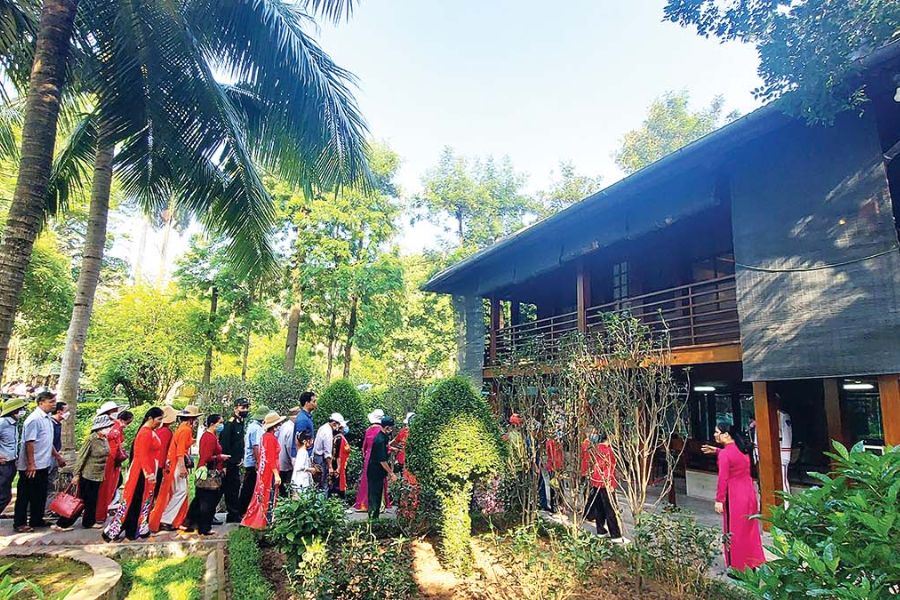
If you are going by car or motorbike, you will want to make your way towards Ba Dinh Square. Parking is available along 19 Ngoc Ha Street, within walking distance of the entrance of the Ho Chi Minh Museum, or possibly Ong Ich Khiem Street, which is across from the Ministry of Defense.
If you are planning to use public transport, buses 09, 18, 22, 33, 45, and 50 stop at 18A Le Hong Phong Street within a short walking distance from the entrance of Ho Chi Minh Stilt House.
Things to Know Before Traveling To The Ho Chi Minh Stilt House
Here are some essential guidelines to keep in mind before seeing the Ho Chi Minh Stilt House to ensure you have a smooth and respectful visit to this historic site:
- Wear modest and appropriate attire; shorts and skimpy clothing are not allowed.
- Walk quietly, talk softly, and always stand in line in an orderly fashion.
- Pack your luggage according to luggage deposit rules; do not leave valuables, electronics, food, or metal items.
- Observe “no photography” signs on the site; filming is not permitted in restricted areas.
- Children under age 3 are not permitted entry to the mausoleum.
FAQs About The Ho Chi Minh Stilt House
Planning to visit the Ho Chi Minh Stilt House? Below are some of the commonly asked questions to help you prepare for an experience that is both meaningful and smooth.
1. Where is the Ho Chi Minh Stilt House?
The stilt house is located in the Presidential Palace complex, at No. 1 Ngoc Ha Street, Ba Dinh District, Hanoi, Vietnam.
2. What are the stilt house’s opening hours?
The stilt house is open every day, except Monday afternoons and Friday afternoons. During the summer, opening hours are 7:30 AM-11:00 AM and 1:30 PM-4:00 PM, and 8:00 AM during the winter months.
3. Is there an entrance fee?
Entrance is free for Vietnamese citizens, while foreign visitors are charged 25,000 VND per person.
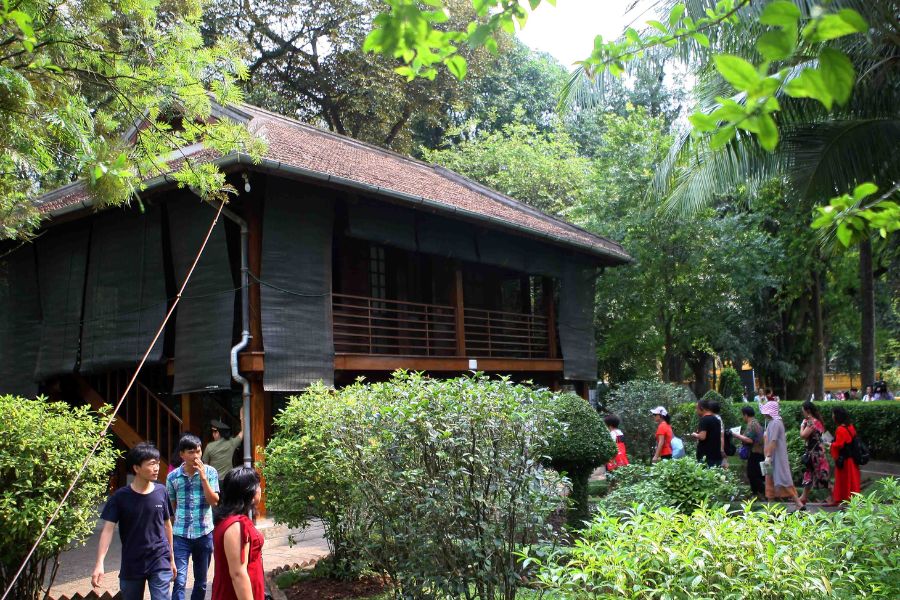
4. How long do I need to visit the stilt house?
Visitors spend a variable time visiting this site, but most spend about 30-60 minutes unless they are also visiting the Ho Chi Minh Mausoleum or the Museum next door.
5. Is there a dress code?
Yes. Visitors are expected to wear respectful, modest attire. Do not wear shorts, crop tops, or skimpy clothing.
6. Is there a guided tour?
Yes, guided tours are available in Vietnamese and English. Some tours in Seni World need to be booked in advance, while some can be booked on-site based on availability.
Final Thoughts: Is The Ho Chi Minh Stilt House Worth Visiting?
The Ho Chi Minh Stilt House provides a unique opportunity to see the simple life of one of Vietnam’s most revered leaders. The Stilt House is situated among tranquil gardens and a contemplative fishpond, which gives visitors an understanding of Ho Chi Minh’s principles and beliefs. From a historical and architectural perspective or as a meaningful stop during your time in Hanoi, the Stilt House is certainly worth visiting. Book your memorable trip to Hanoi now with Seni World!




